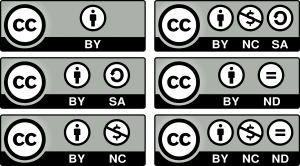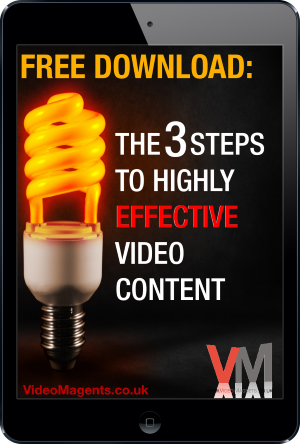
Are we allowed to use other people’s content in our videos?
There is so much great stuff floating around freely on the internet. Surely, we are allowed to use it, right?
Wrong.
Why?
Because of this:

And because of all different the copyright rules and regulations, we have to be very careful not to violate any of them. Otherwise, it could cost us dearly.
Not to worry, though.
Let me show you how we can legally use other people’s content in our videos.
What is Copyright protected?
Just because something is on the internet, it does not mean that it is free to use.
And just because it does not have a Copyright notice on it does not mean that it is not copyright protected.
So, what is “it”?
“It” is everything.
Photos, videos, text, music, sounds, absolutely everything.
Some of it is free to use but most of it, unfortunately, is not.
Public Domain
We can use everything legally and freely that is in the public domain.
By contrast, everything that is copyright protected requires buying a licence.
However, public domain does not mean ‘on the Internet’ or ‘public’ as in ‘freely visible.’
Public Domain means that the copyright has expired, which is why we can use it freely.
Creative Commons
 There is a variation on the theme of Public Domain:
There is a variation on the theme of Public Domain:
It is called Creative Commons.
Creative Commons is a kind of copyright that is free-to-use but requires attribution.

There are six different types of Creative Commons licenses, so, please, make sure to establish, which one is relevant and that you are satisfying the right conditions imposed by the respective licence.
Royalty Free
Just to add to the fun, there is another category called Royalty Free.
Royalty Free does not mean that it is free.
Royalty Free means there are no royalties to pay, but you still have to buy a licence to use the work.
The most important piece of advice I can give you is:
Do your due diligence!
If you don’t, consequences can be dire.
For instance:
YouTube could close down your account or your channel.
You could receive a Cease and Desist letter which will force you to take down the copy you are using.
Or even worse, fines and damages could literally run into hundreds of thousands, generally nominated in dollars.
5 Tips
Here are five tips that will help you with your due diligence:
Copyright Law is not the same in every country. I had a video banned by YouTube in one country while every else it stayed on YouTube without any problems.
Copyright Term of a work can vary between different jurisdictions. It can last from the life of its creator to 70 years after their death.
Creative Commons attribution on image sharing sites is not always what it should be. Alas, fraud exists, and not everyone who publishes a Creative Commons notice has the right to do so. Beware. Well-known and very conscientious websites have been caught out by this and had to bite the financial bullet.
No Copyright notice does not mean that there is no copyright. It is not obligatory to display a Copyright Notice.
Keep proof of origin. For works with copyright, this means keeping a copy of your licences safe. For Public Domain works, note down the URL of the site where you downloaded the soundtrack, image or whatever else you are using. Taking my own advice helped me refute an unjustified claim by Sony Music.
Whatever you do, make sure to seek out advice from a suitably qualified professional for the type of work you intend to use.
Do you have any further questions? Would you like me to cover specific topics in future videos? Do you wish to be notified when the next video in this series will be published? I’ll be delighted to answer all these questions and will reply as quickly as possible. Just use the form below to get in touch.

Your information will not be shared with anyone.
